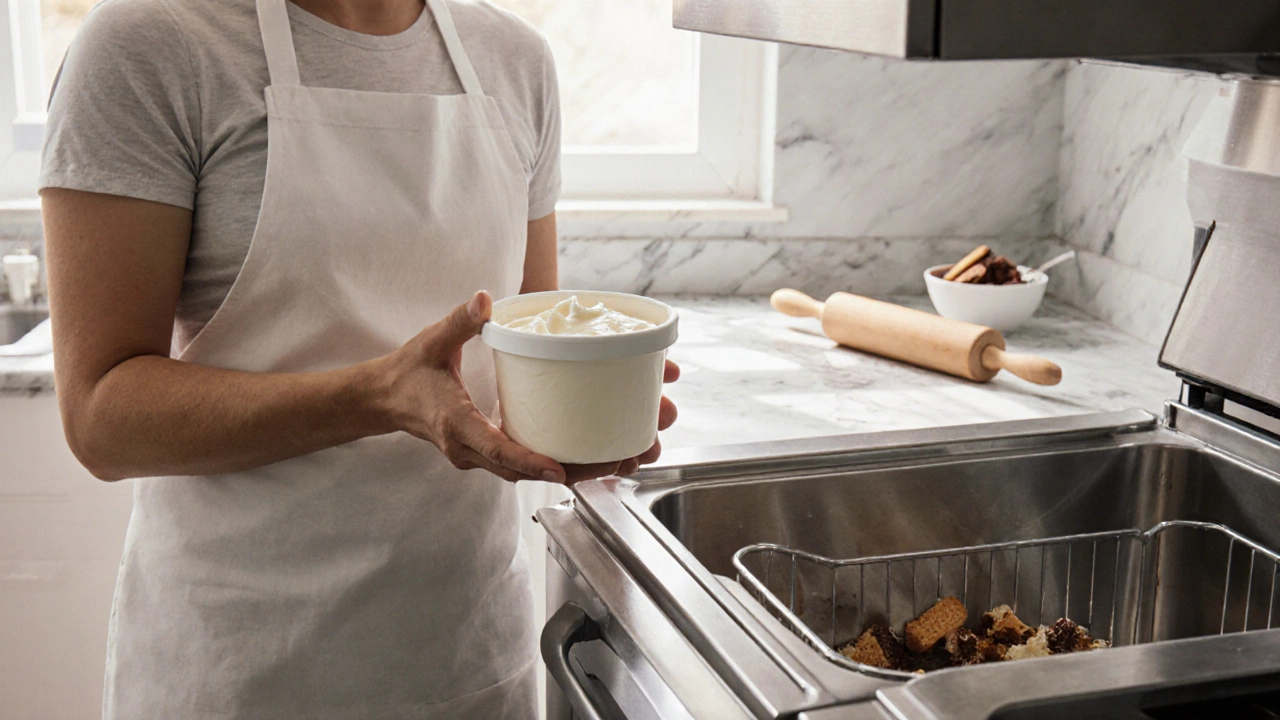
Mascarpone Freezing Calculator
Optimal Use Date
Based on 2-3 month maximum recommended storage
Cream Recovery
Add to restore texture after thawing
Thawing Time
Refrigerator thawing time required
Ever wondered if you can stash that leftover mascarpone in the freezer without ruining your next tiramisu? You’re not alone. Home bakers constantly ask whether this buttery Italian cheese survives a deep‑freeze and, if it does, how to keep its smooth texture and gentle flavor. In this guide we’ll break down the science, share step‑by‑step freezing methods, compare alternatives, and give you practical tips so your dessert always turns out airy and delicious.
What Is Mascarpone?
Mascarpone is a soft, high‑fat Italian cheese made from cream, typically containing 60‑75% butterfat. It originates from the Lombardy region and is prized for its creamy, slightly sweet profile. Unlike cream cheese, it has no added stabilizers, which gives it a melt‑in‑mouth feel-perfect for layering in tiramisu, frosting cakes, or enriching sauces.
Freezing Mascarpone: Is It Safe?
From a food‑safety standpoint, mascarpone behaves like any other dairy product. The USDA recommends that dairy be frozen at 0°F (-18°C) or lower to halt bacterial growth. As long as you keep it sealed and use it within a reasonable period (usually 2‑3 months), it remains safe. The real question isn’t safety-it’s texture.
How Freezing Affects Texture
When mascarpone freezes, the water in the cream forms ice crystals. Those crystals can puncture the protein network, leading to a grainy or separated consistency once thawed. The higher the fat content, the better the cheese tolerates freezing because fat interferes with crystal formation. That’s why mascarpone (60‑75% fat) generally survives better than lower‑fat alternatives like ricotta.
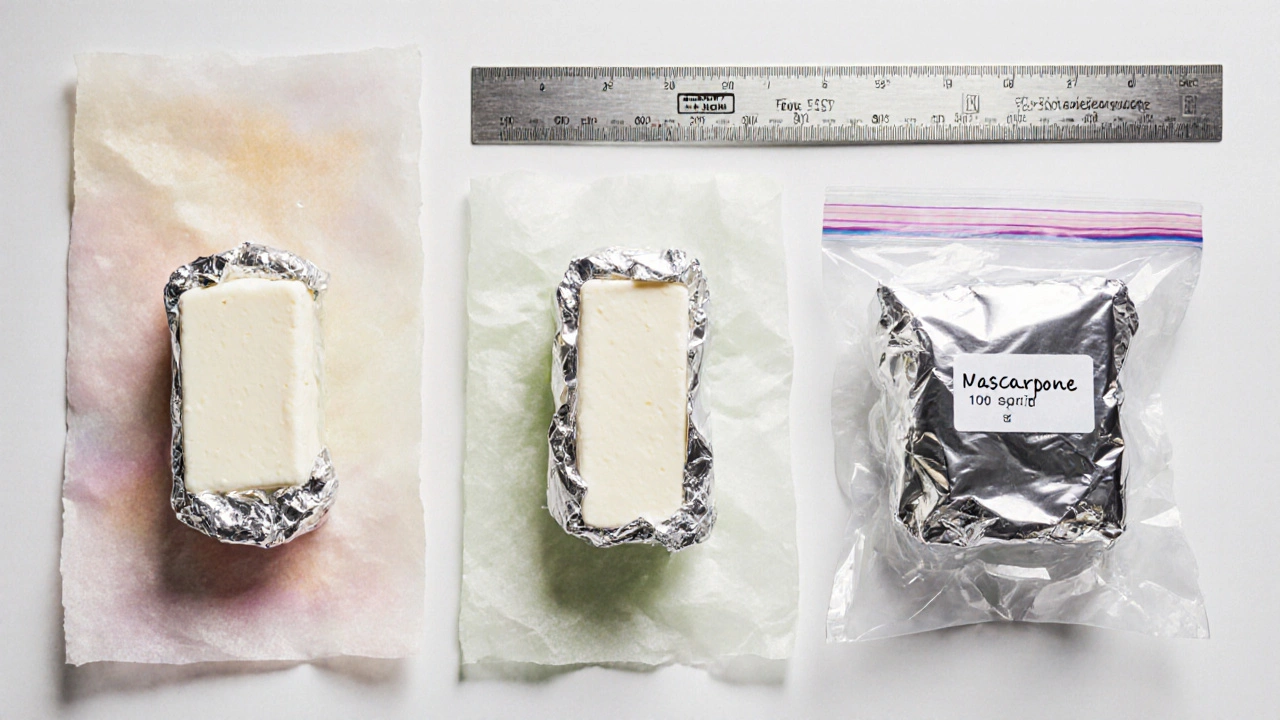
Step‑by‑Step: Freezing Mascarpone Properly
- Portion it out. Divide the cheese into 100‑gram (3‑ounce) blocks. Smaller pieces freeze faster and thaw more evenly.
- Wrap tightly. First, place each block in a single layer of parchment or wax paper. Then wrap in a double layer of aluminum foil to block light and odors.
- Bag it. Seal the wrapped portions in a freezer‑grade zip‑lock bag, squeezing out as much air as possible. For extra protection, consider a vacuum‑seal system.
- Label. Write the date and portion size on the bag. Mascarpone is best used within 2 months for optimal texture.
- Freeze quickly. Place the bag on a flat tray so the pieces stay level, then slide it into the coldest part of the freezer (often the back).
Defrosting and Using Thawed Mascarpone
Never thaw mascarpone in the microwave; that creates hot spots and accelerates separation. Instead:
- Refrigerate overnight. Move the sealed bag to the fridge (4°C/39°F) and let it sit for 8‑12 hours.
- Gentle mixing. Transfer the softened cheese to a bowl and whisk gently. If you notice slight graininess, add a tablespoon of heavy cream per 250g of cheese and fold until smooth.
- Use immediately. Thawed mascarpone is ideal for recipes that call for mixing, such as tiramisu, frosting, or creamy soups. Avoid re‑freezing.
Taste and Flavor Changes
Freezing can mute the subtle buttery notes, especially if the cheese sits for longer than three months. The flavor loss is modest-most bakers report a 10‑15% reduction in perceived richness. If you’re preparing a classic tiramisu, compensate by adding a splash of vanilla extract or a teaspoon of espresso‑infused sugar during the cream‑mixing stage.
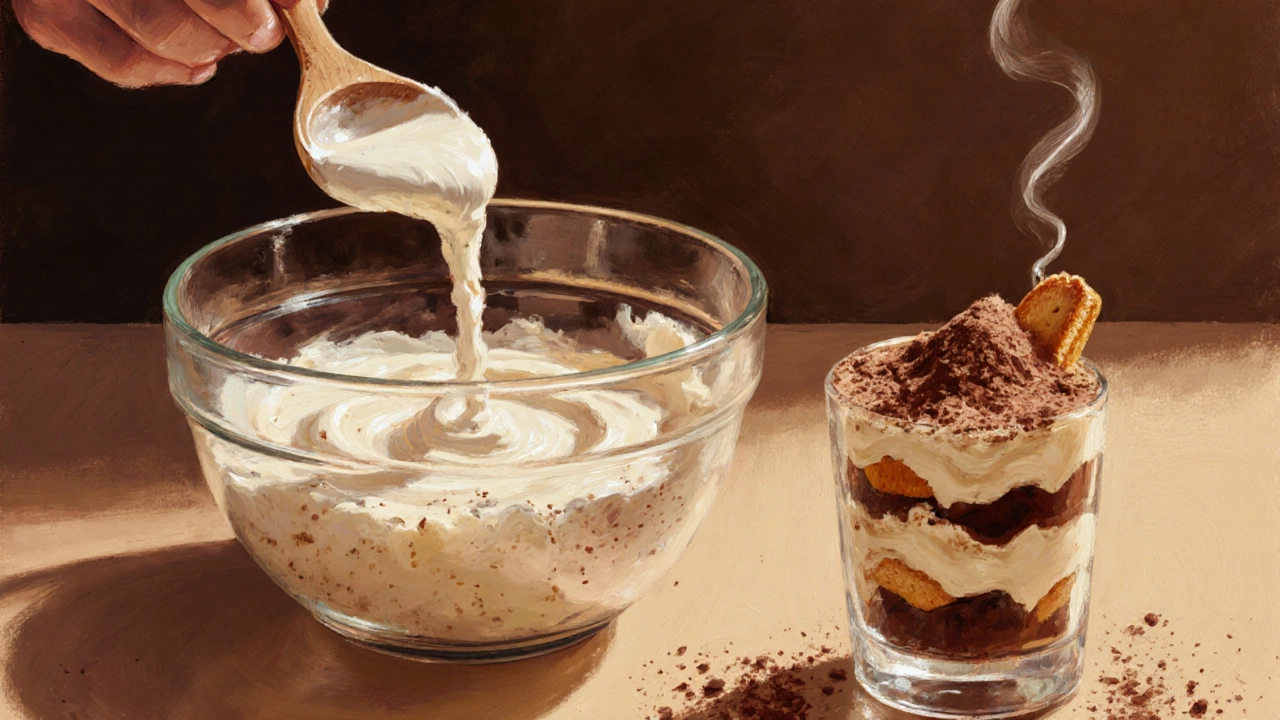
Comparison: Freezing vs. Refrigerating
| Aspect | Freezing | Refrigerating |
|---|---|---|
| Shelf life | 2-3 months | 7-10 days |
| Texture change | Potential graininess, can be restored with cream | Remains smooth |
| Flavor loss | 10‑15% muted notes | None |
| Safety | Safe if kept ≤‑18°C | Safe if used within 10 days |
| Convenience | Requires planning, defrost time | Ready to use |
Tips for Long‑Term Storage
- Use a glass container. If you prefer a reusable option, a tightly sealed glass jar works as long as you leave a small headspace for expansion.
- Add a thin oil layer. Lightly drizzle a teaspoon of neutral‑flavored oil (like grapeseed) over the surface before sealing. It creates a barrier that reduces freezer burn.
- Keep an eye on freezer temperature. Fluctuating temps cause ice crystals to grow larger, worsening texture.
- Don’t mix brands. Different manufacturers use slightly varied fat ratios; mixing can lead to uneven thawing.
- Label with use‑by date. Even though safety persists, quality degrades after the recommended window.
Frequently Asked Questions
Can I freeze mascarpone that’s already been mixed with sugar or espresso?
Yes, but it’s best to freeze the plain cheese first. Mixing adds water and sugar, which increase the size of ice crystals and make the thawed mixture more prone to separation. Freeze the cheese alone, then combine with sugar or espresso after defrosting.
Is it okay to use frozen mascarpone in a no‑bake cheesecake?
Absolutely. Once thawed and gently whisked with a splash of cream, the cheese regains a spreadable texture that works perfectly in no‑bake bases. Just avoid over‑mixing, which can incorporate too much air and cause the cake to collapse.
What’s the difference between mascarpone and cream cheese when frozen?
Mascarpone’s higher fat content (60‑75%) makes it more resistant to ice crystal damage than cream cheese, which sits around 33% fat. As a result, frozen cream cheese often turns crumbly, while mascarpone can be rescued with a bit of added cream.
How can I tell if frozen mascarpone has gone bad?
Look for off‑colors (yellow‑green), sour smell, or a slimy surface once thawed. If the texture is merely grainy but the aroma is fresh, it’s still usable after mixing with a little cream.
Can I use a standard zip‑lock bag, or do I need a vacuum sealer?
A high‑quality zip‑lock works fine if you push out all air. Vacuum sealing adds an extra layer of protection against freezer burn, but it’s not mandatory for short‑term storage.
So there you have it-freezing mascarpone is doable, safe, and even handy if you plan ahead. Follow the packaging steps, thaw gently, and you’ll still enjoy that luscious, buttery layer that makes tiramisu unforgettable.


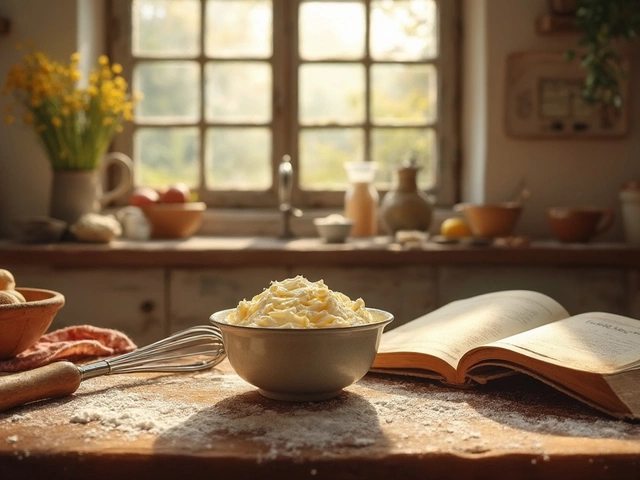
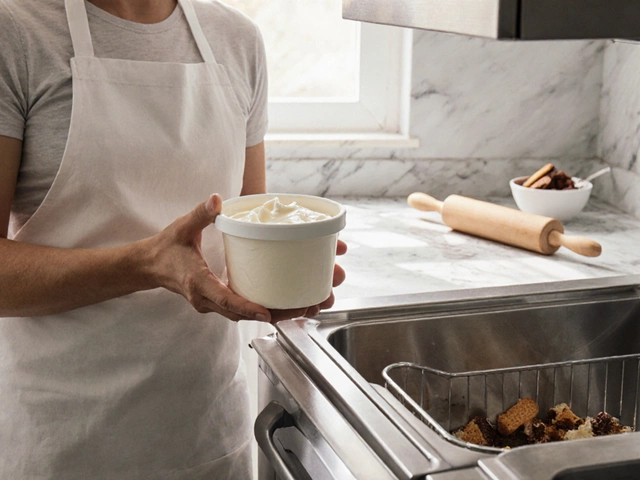
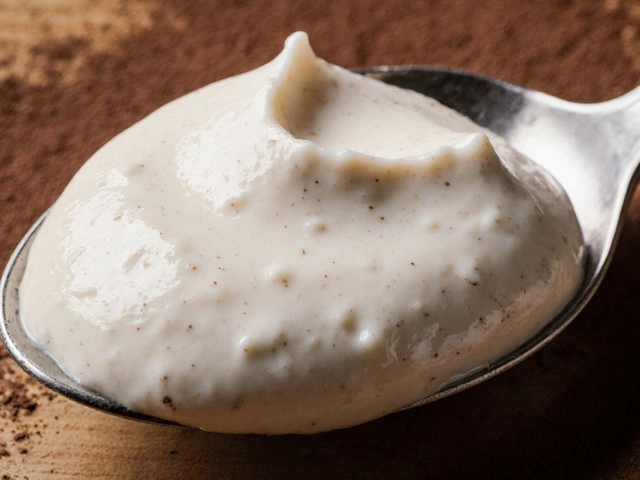
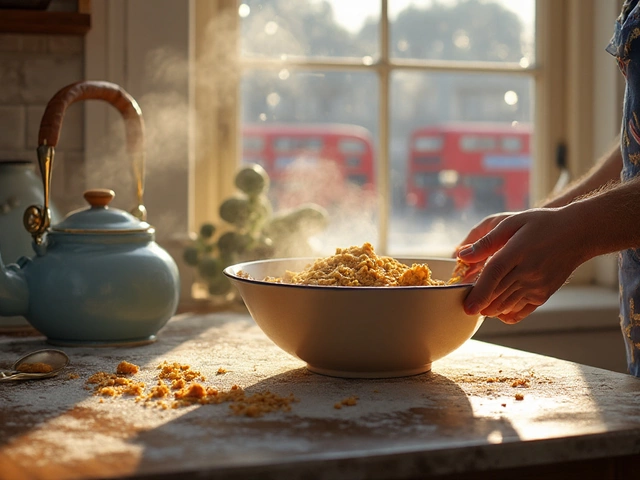
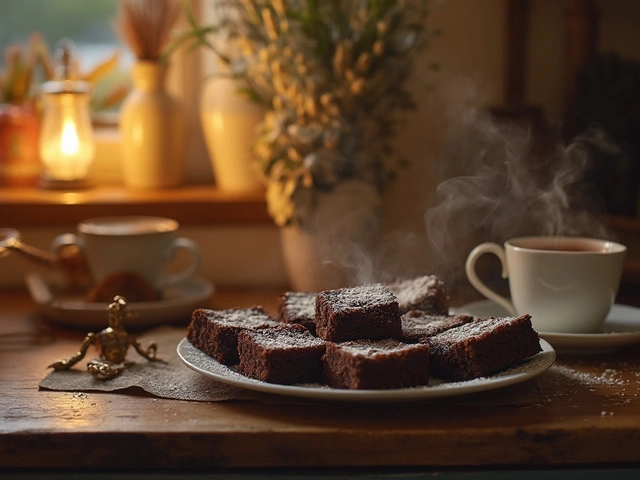



Write a comment